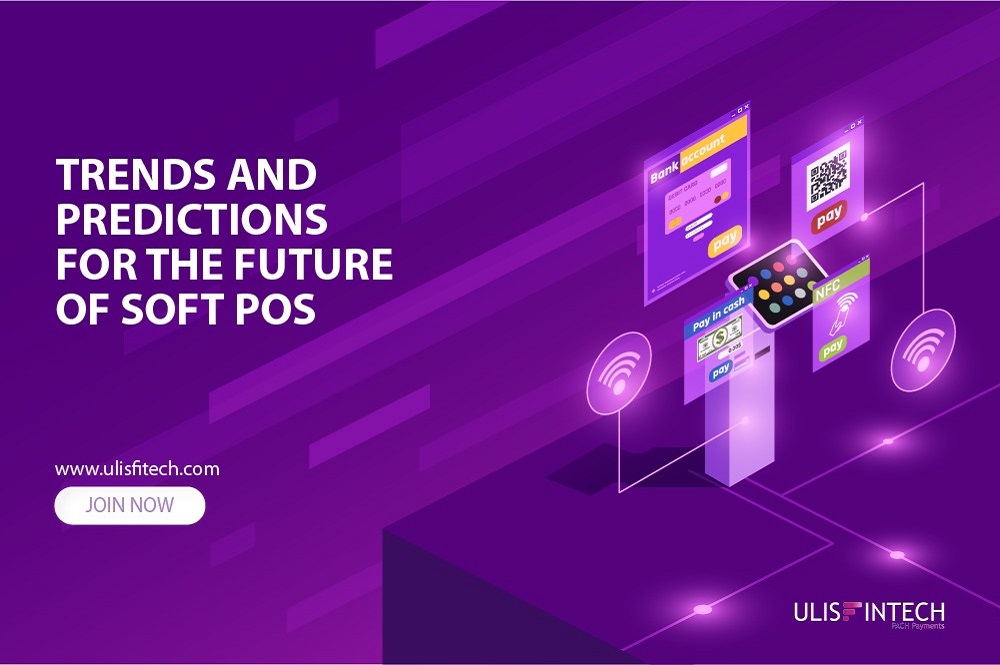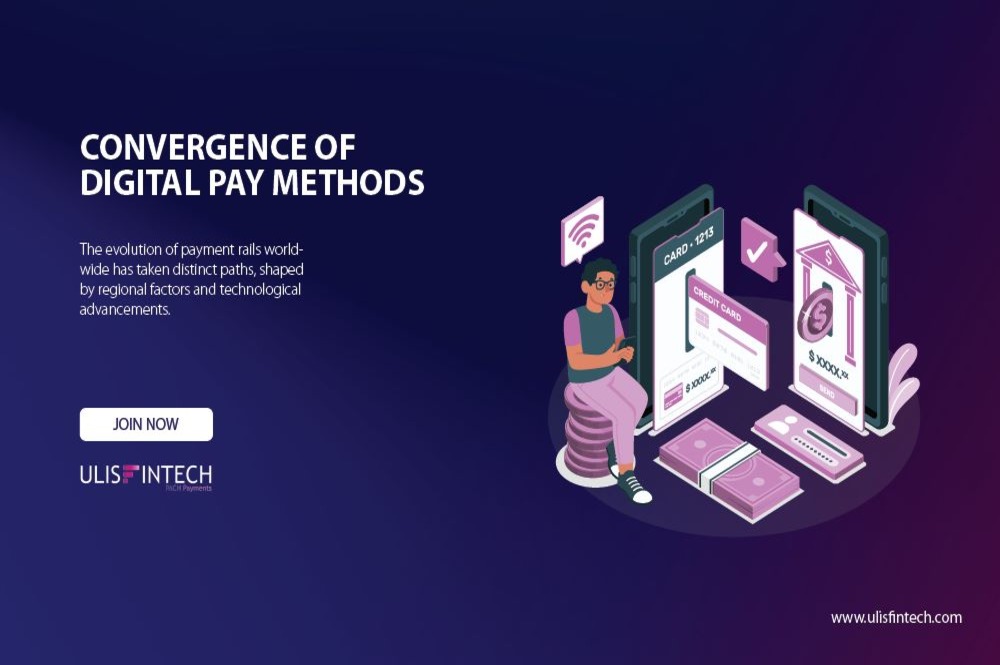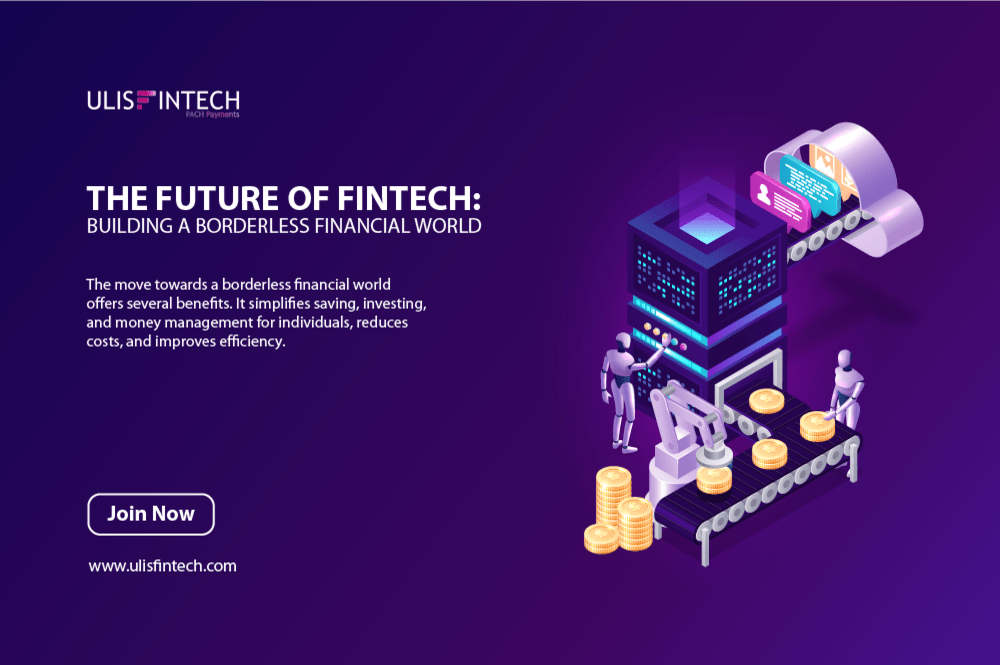QR Code - Concept behind and its working
Mar 14, 2022 - 7 MINS READ

QR code – Concept behind and it’s working
A QR code is an optical label that can be read by machines and includes information. It's essentially a barcode. With one exception: it's two-dimensional. A narrow beam of light scans a standard one-dimensional barcode. The light beam is produced by a specialized scanner. The information is encoded in the vertical bars of a one-dimensional barcode. In particular, their widths and distances from one another. That is why it is referred to as a one-dimensional barcode; scanners can only access the data in one dimension, horizontally.
However, QR codes include information that may be accessed in two dimensions: horizontal and vertical. A QR code is a square composed of smaller square patterns. The layout of these smaller squares encodes information in a QR code. And, when scanned, it provides information in the same way that other barcodes do. QR codes' ability to encode and deliver information along two axes (up-and-down and side-to-side) offers various advantages. One of the most important factors of this Software development is speed; in fact, QR codes were designed in 1994 especially to boost scanning speed.
Benefits of QR code
- The increased speed is due to information being encoded and accessible in two dimensions at the same time. More data is communicated, and it is transmitted at a quicker rate. One of the key advantages of employing QR codes is their speed of Transactions.
- They're also much easier to read than regular barcodes. A two-dimensional QR code may be scanned using standard digital image sensors. As a result, it's simple to convert mobile phone cameras into QR code readers, as most major phone makers have done. Almost all popular cell phones can now read QR codes with their standard cameras.
- The ramifications for restaurant owners are enormous: you don't have to design a menu app and then hound customers to download it. Simply aim your phone to a QR code menu and scan it.
QR Codes Are Divided into Two Types
The distinction is due to how they store information.
Static QR code
- A static, inevitable QR code is referred to as a static QR code.
- The more data you save, the larger and more complex a static QR code becomes.
- A static QR code with a large or intricate set of characters might appear quite busy and take significantly longer to scan.
The major disadvantage of employing a static QR code isn't the size or speed of the QR code. It is editable. Once you've learned how to generate a QR code and created a static QR code, you won't be able to change it. The information in the code cannot be modified until a new QR code is created.
They are most appropriate for basic data and one-time usage scenarios. For example, ID numbers, product or serial numbers, or hotel or event check-in information.
Dynamic QR code
A dynamic QR code is one that may be modified for Software development after it has been created. You may do it on as many occasions as you want. That is, you may alter the information contained in a dynamic QR code without creating and distributing new QR codes.
- They accomplish this by converting a brief redirection URL to a QR code.
- Users are sent to the URL where they may view the information after scanning. Dynamic QR codes are faster and easier to scan and load since their data modules just carry a single URL.
- They also measure QR code usage, which is essential for QR code advertising.
Dynamic QR codes are your best bet for the majority of applications and even for Transactions. They aren't any more difficult to make than static QR codes, and they're far more adaptable. Certainly, any QR code application that necessitates modifying content (such as often changing coupons or digital menus) and monitoring must employ dynamic QR codes. Additionally, QR codes that must scan quickly and be compact, such as QR code nutritional information or food labels, should be dynamic.
Working of QR
A QR code is a data-encoded scannable barcode. Encoded refers to being transformed into a certain form. In the case of QR codes, numeric and alphanumeric letters, bytes, and kanji are converted into a one-of-a-kind two-dimensional square layout. When an optical scanner passes over the squares, it converts their arrangement back into the original form of the data.
Here's an illustration. For hospitality firms, we design unique, QR code-based digital restaurant table menus. That is why we provide a demo digital menu for interested parties to view.
The configuration of the squares—or data modules and Software development, as they're known in the QR code—is really our URL. It has simply been converted from the URL's alphanumeric string into a collection of squares. This is how you get from a link to a QR code. After that, a QR code scanner will convert it back to the original URL.
The following are the most critical components of a QR code:
- The module of data. This is the QR code's standard unit. It's usually a black square on a white backdrop. Though the colors and contrast can vary, black-on-white is the most effective when making a personalized QR code. The majority of a QR code is made up of the arrangement of these black squares, or data modules.
- Marker of position. Every QR code has three location markers. They are made up of an inner and outer eye and allow scanners and cameras to swiftly and correctly find data modules and scanning directions.
- Zone of silence. This is the empty space on all sides of the data module matrix that contains all of the data modules and position markers. It enables scanners and users to visually determine where the QR code begins and finishes.
EndNote
QR codes are presently playing a significant role in the restoration of several industries, with hospitality being one of the most benefactors. It's also not difficult to create a personalized QR code for a restaurant. To produce a QR code, just upload a file. The QR code is then produced by clicking a button.







